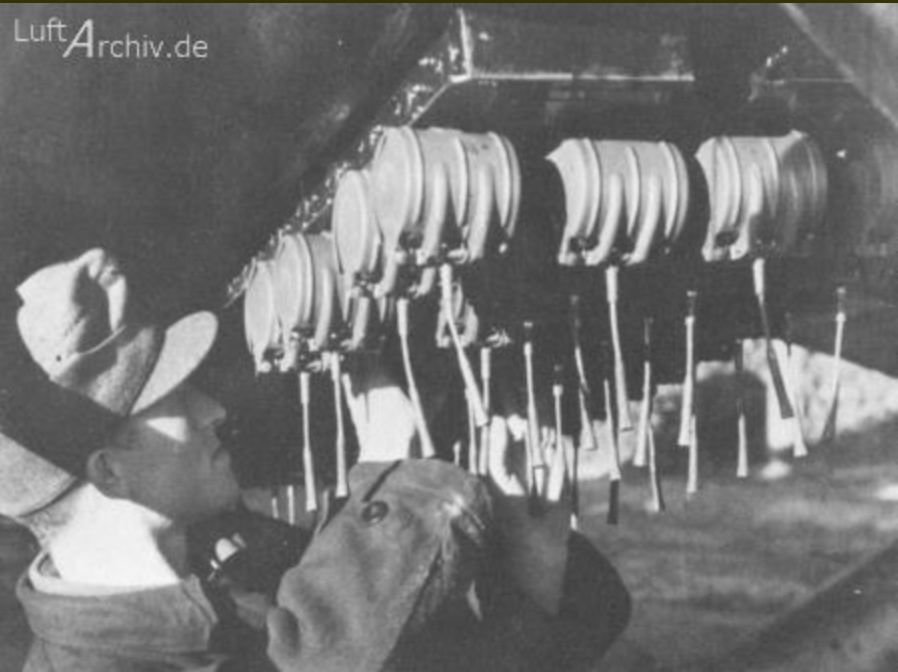- Esileht
- “The Butterfly” and “The Devil’s Egg”
- Esileht
- “The Butterfly” and “The Devil’s Egg”
- Programmid
- “The Butterfly” and “The Devil’s Egg”
- Uudised
- “The Butterfly” and “The Devil’s Egg”
- Projektid
- “The Butterfly” and “The Devil’s Egg”

One of the most feared anti-personnel aerial bombs of the Second World War went by the names “Butterfly” and “Devil’s Egg” (SD 2). Beautiful in shape but deadly in effect, these small yet sinister devices were greatly feared by infantry – and you can find examples of them in our permanent exhibition.
The Sprengbombe Dickwandig 2 kg (SD 2), nicknamed Butterfly by the British and Americans, was a 2 kg anti-personnel bomb used in cluster munitions. It was first deployed during the bombing of Britain in 1940. On the Eastern Front, it made its debut on 22 June 1941 during Operation Barbarossa, the German invasion of the Soviet Union.
The SD 2 consisted of multiple parts and resembled a large butterfly, with rotating fins and a cast-iron cylindrical body hanging beneath them by a wire. This distinctive shape inspired its nickname. The bombs were packed into cluster containers like the AB 23 and AB 250. When dropped, the folded “wings” opened via spring mechanisms, spinning the arming spindle and activating the fuse.
Various types of fuses were used:
Z (41) contact fuse
Z (41) A airburst or contact fuse
L.ZtZ (67) mechanical time-delay fuse (5–30 minutes)
L.ZtZ (70) A combined chemical and mechanical time-delay fuse with anti-tamper mechanism (30 minutes to 20 hours)
Z (70) B mechanical time-delay fuse with anti-tamper mechanism
Each SD 2 had a lethal radius of about 10 metres and could cause serious injury up to 100 metres.
The United States later developed a copy of the SD 2, the M-83, which continued to see use into the 1950s and beyond.
(Sources: inert-ord, 2004 / World War Two Inert Air Dropped Ordnance)